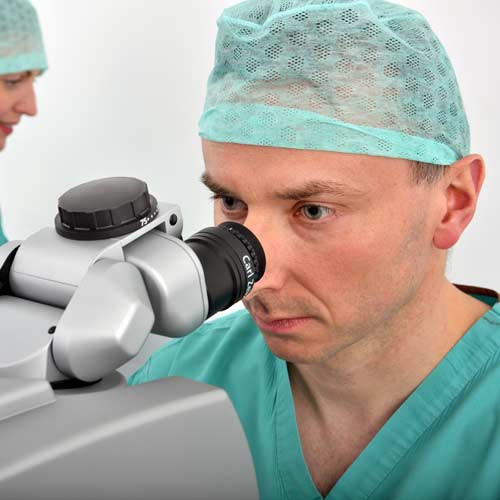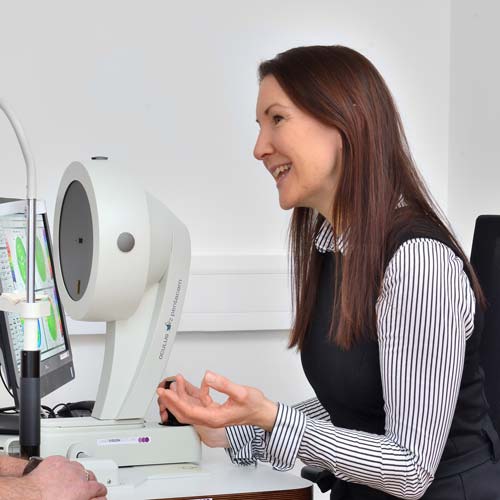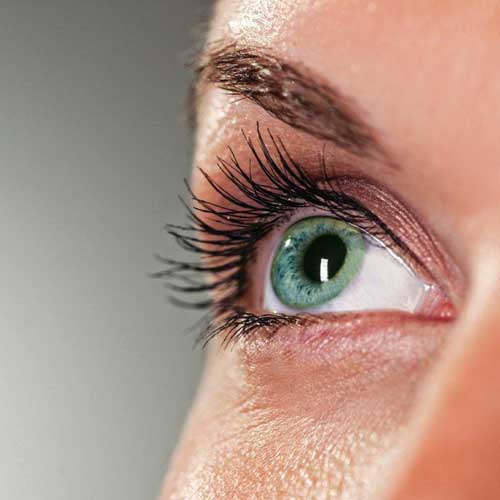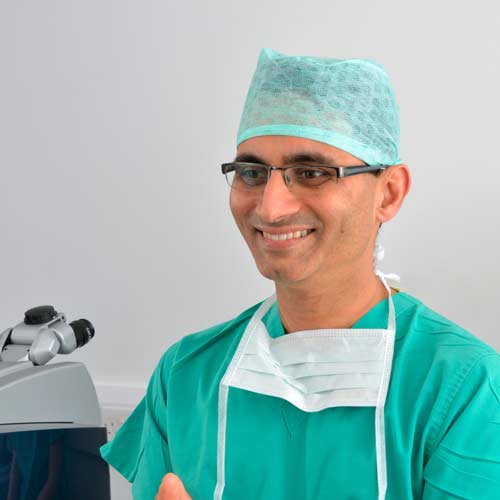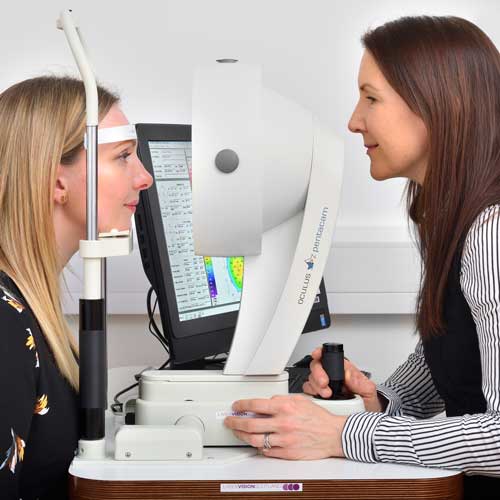Vision Scotland : Everything you need to know
Keratoconus
If you have keratoconus, your cornea (the clear window at the front of the eye) becomes thinner and more curved than it should be. As a result, your vision may be blurred and distorted during your teenage years, but then stabilize later into adult life.
